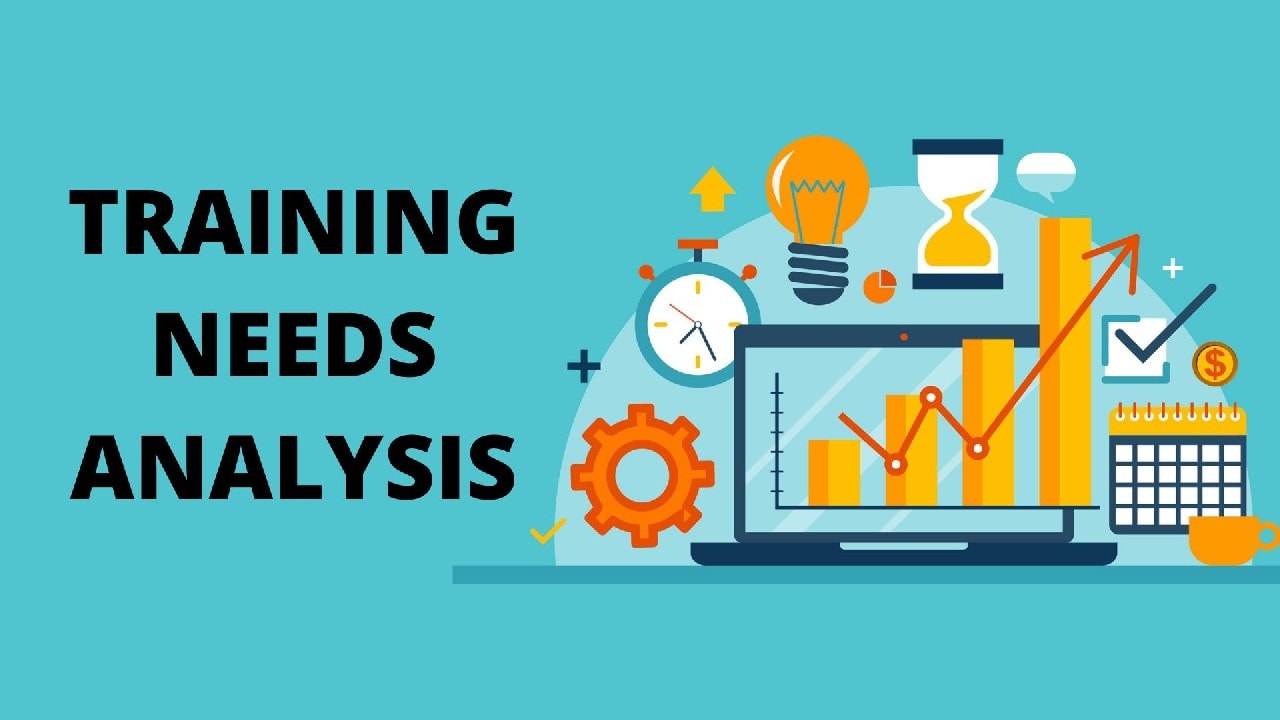In the dynamic landscape of business, the key to success lies in understanding and addressing the evolving needs and challenges of your organization. Whether you’re striving to enhance performance, bridge skill gaps, or drive growth, conducting a needs analysis is a crucial first step towards achieving your goals. In this comprehensive guide, we’ll explore the step-by-step process of conducting a needs analysis for your organization, equipping you with the insights and strategies needed to unlock your organization’s full potential.
Defining the Scope and Objectives:
Before diving into the needs analysis process, it’s essential to define the scope and objectives of your assessment. What specific areas of your organization do you want to evaluate? What are your overarching goals and desired outcomes? By clarifying these factors upfront, you can ensure that your needs analysis is focused, relevant, and aligned with your organization’s strategic priorities.
Gathering Data and Information:
The next step in the needs analysis process is to gather relevant data and information from various sources. This may include existing documentation such as strategic plans, organizational charts, and performance metrics, as well as insights from key stakeholders through interviews and surveys. By collecting a diverse range of inputs, you can gain a comprehensive understanding of your organization’s current state and identify areas for improvement.
Conducting Stakeholder Analysis:
Stakeholder engagement is a critical aspect of the needs analysis process, as it ensures that the perspectives and interests of key stakeholders are considered throughout the assessment. Identify and prioritize stakeholders who will be impacted by the outcomes of the analysis, and engage them in meaningful dialogue to gather insights, address concerns, and build buy-in for the assessment process.
Performing Gap Analysis:
With data in hand and stakeholders engaged, it’s time to conduct a gap analysis to compare the current state of your organization with the desired state or organizational goals. Identify any discrepancies or gaps between the two, including areas where performance falls short of expectations or requirements. This analysis will serve as the foundation for prioritizing needs and developing targeted interventions.
Prioritizing Needs:
Not all needs are created equal, and prioritization is key to focusing efforts and resources on addressing the most critical and high-impact areas first. Evaluate the significance and urgency of each identified need based on factors such as its impact on organizational goals, the magnitude of the gap, and the feasibility of addressing it. By prioritizing needs, you can ensure that your efforts are directed towards the areas that will yield the greatest return on investment.
Developing Recommendations:
Based on the findings of your needs analysis, develop actionable recommendations to address identified needs and close performance gaps. Ensure that recommendations are specific, measurable, achievable, relevant, and time-bound (SMART), with clear timelines, responsibilities, and success criteria. By providing clear guidance on how to address identified needs, you can empower your organization to take meaningful action towards improvement.
Presenting Findings and Recommendations:
Communication is key to driving change within your organization. Present the findings of your needs analysis to relevant stakeholders, clearly articulating the identified needs, performance gaps, and recommended actions. Emphasize the rationale and expected benefits of implementing the recommendations, and solicit feedback and buy-in from stakeholders to ensure alignment and support for your proposed interventions.
Implementing Action Plan:
With stakeholder buy-in secured, it’s time to put your recommendations into action. Develop an action plan detailing the steps, resources, and timeline required to implement the recommended solutions and address the identified needs. Assign responsibilities and establish accountability for executing the action plan, ensuring clear communication and coordination among stakeholders throughout the implementation process.
Monitoring and Evaluating Progress:
Once your action plan is underway, it’s essential to monitor progress and evaluate the effectiveness of your interventions. Track implementation against established milestones and performance indicators, collect feedback from stakeholders, and assess the impact of your initiatives on organizational performance. Make adjustments as needed based on ongoing evaluation and feedback to ensure continuous improvement and alignment with organizational goals.
Conclusion
Conducting a needs analysis is a foundational step towards driving organizational success and performance improvement. By following the systematic process outlined in this guide, you can gain valuable insights into your organization’s needs, prioritize interventions effectively, and develop targeted strategies to address performance gaps and drive positive change. By empowering your organization to understand and address its evolving needs, you can unlock its full potential and achieve lasting success in today’s dynamic business environment.

